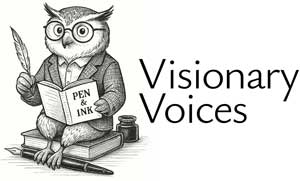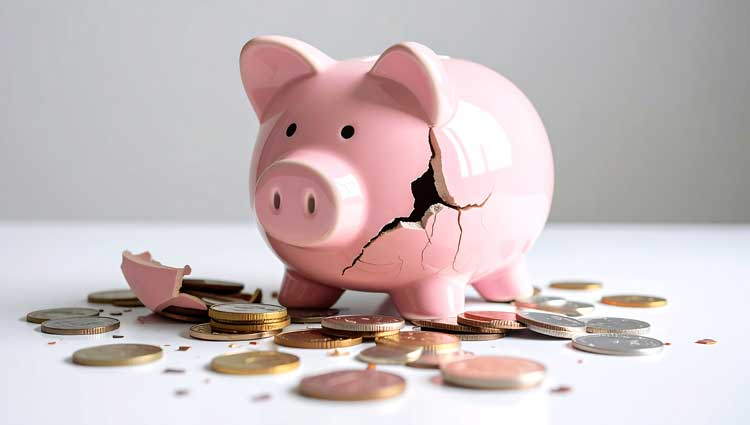Jesse Drucker’s December 5th New York Times article, How One of the World’s Richest Men is Avoiding $8 Billion in Taxes, perpetuates a common narrative targeting ultra-wealthy individuals like Jensen Huang, CEO of Nvidia, for using longstanding estate planning tools. While the article sparks conversation about wealth inequality, it misses a vital opportunity to discuss the broader benefits of these legal tools and the millions of Americans who could use them to secure their financial futures and support philanthropic causes.
Fixating on the ultra-wealthy may grab headlines, but it won’t enrich the rest of the nation. Simple math shows that focusing exclusively on this small demographic has limited impact, if any. Instead, the focus should shift to addressing the practical financial challenges faced by a much larger segment of society: wealthy retirees. These individuals, many of whom have diligently saved for retirement, represent a significant yet underutilized opportunity for both philanthropic engagement and financial planning.
Wealthy Retirees: A Key Demographic
Among retirees, a stark dichotomy exists: those who have saved through defined contribution plans like 401(k)s and those who haven’t. For those who have saved, the primary challenge often lies in managing Required Minimum Distributions (RMDs) and ensuring effective estate planning. Many retirees grapple with higher tax burdens caused by RMDs and complexities in beneficiary distributions—issues that fundraisers and planners can address through strategic giving opportunities.
Rather than chasing the ultra-wealthy few, fundraisers can achieve significant societal impact by focusing on this large, reachable group of devoted donors who are actively navigating these challenges. By empowering these individuals, fundraisers not only support philanthropy but also reinforce values of self-reliance and prudent financial stewardship.
Estate Planning Tools: Legal, Ethical, and Impactful
Critiques of estate planning tools like Intentionally Defective Grantor Trusts (IDGTs), Grantor Retained Annuity Trusts (GRATs), and Donor-Advised Funds (DAFs), as highlighted in Drucker’s article, often miss their practical and legal purposes. These tools are not loopholes but well-established mechanisms enabling intergenerational wealth transfer, financial stewardship, and philanthropy.
Jensen Huang’s use of GRATs, for instance, turned Nvidia shares into significant estate tax savings—an entirely legal and IRS-approved outcome that aligns with decades of precedent. Similarly, retirees can use charitable planning tools to reduce tax liabilities and amplify their philanthropic impact. Recognizing the legitimacy of these tools ensures that they can benefit not only the ultra-wealthy but also the millions of hardworking Americans planning for their futures.
RMDs and Charitable Planning
For retirees managing significant 401(k) or IRA balances, RMDs pose both a tax burden and an opportunity. Strategies like Qualified Charitable Distributions (QCDs) enable retirees to meet their RMD obligations while supporting charitable causes, thus reducing taxable income and creating immediate societal benefits. Fundraisers should prioritize educating donors on these tools, emphasizing their dual benefits for both personal financial security and philanthropy.
Donor-Advised Funds: A Strategic Giving Solution
DAFs, often criticized for allegedly harboring idle funds, are actually among the most dynamic tools for strategic philanthropy. In 2023, DAFs achieved a 91% payout rate—far exceeding the 5% required annual distribution for private foundations. For retirees, consolidating RMDs into a DAF can simplify charitable giving, enabling them to support vetted causes efficiently and effectively. This flexibility empowers donors to maximize their impact while aligning with their personal values.
Why Targeting the Ultra-Wealthy Won’t Solve the Bigger Picture
As mentioned earlier, the ultra-wealthy constitute a fraction of the population, and while their wealth can command attention, the math underscores a critical point: targeting them exclusively has minimal impact on broader societal wealth. America’s philanthropic and financial systems will gain far more by engaging the millions of wealthy retirees navigating RMDs, estate planning, and charitable giving decisions.
By focusing on practical, scalable solutions for this demographic, fundraisers and planners can address real matters that impact everyday families and communities, ultimately fostering a more equitable and effective approach to philanthropy. This strategy also reinforces the value of personal responsibility and the positive role of philanthropy in strengthening society.





Thanks for posting Geoff.